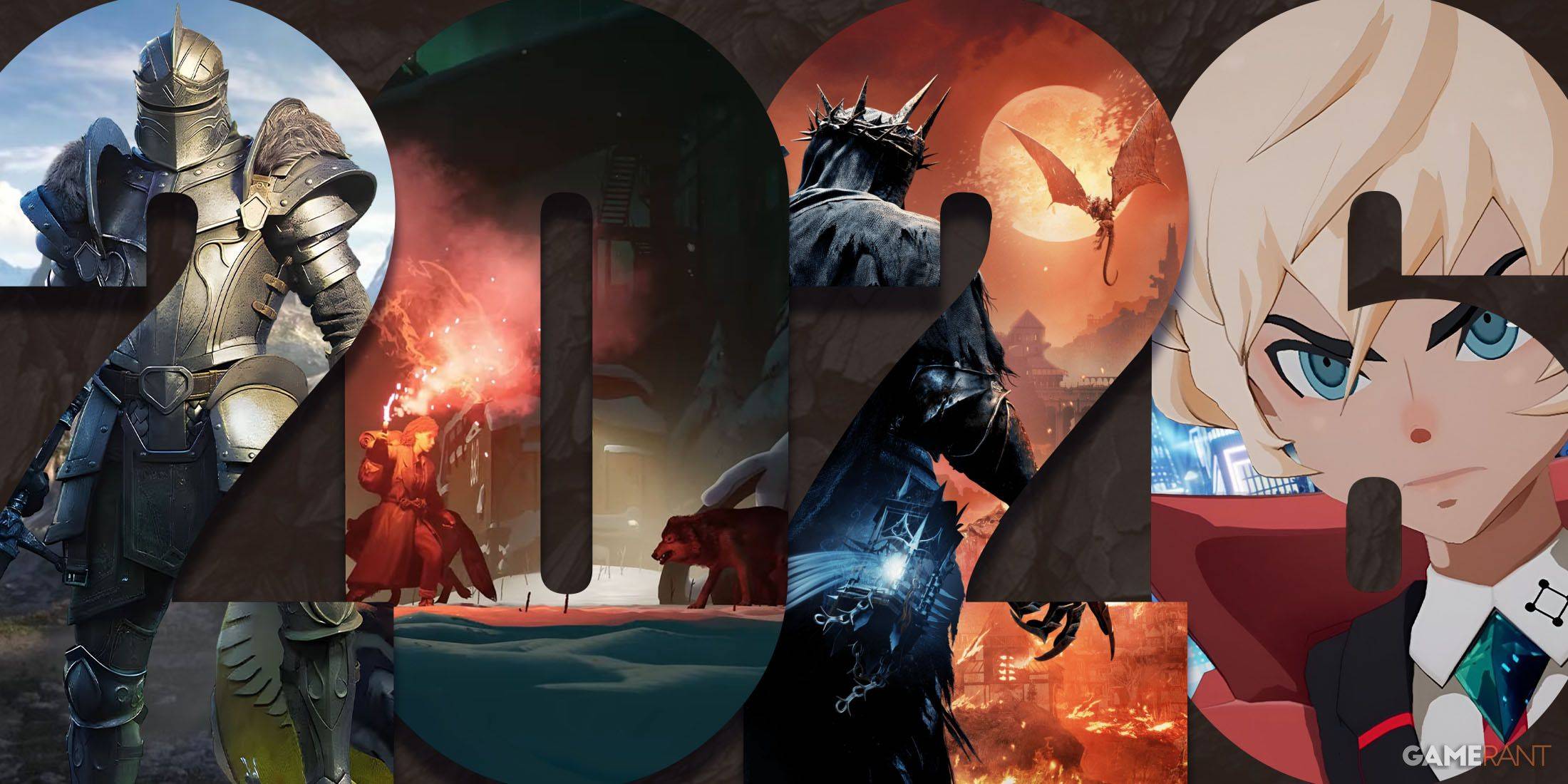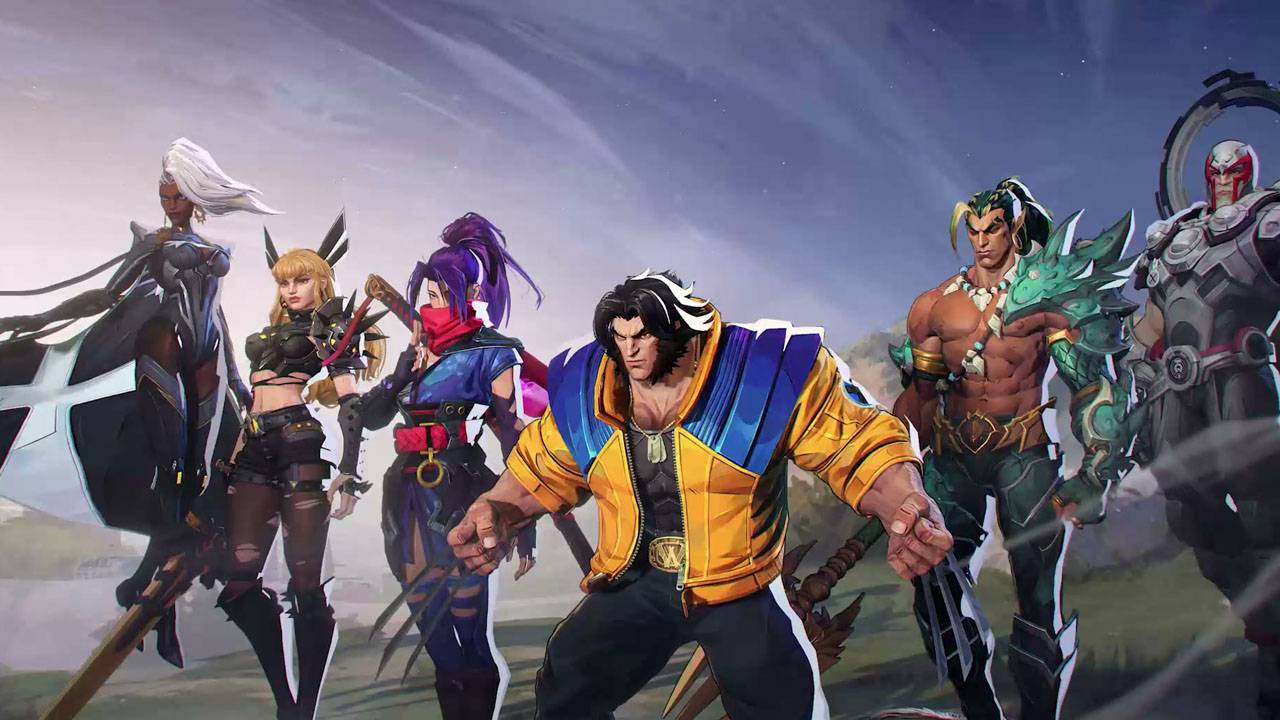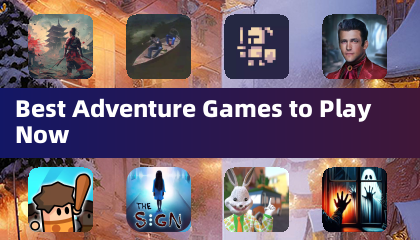"Switch 2 Confronts Unique Challenge: Handheld Gaming PCs"
The Nintendo Switch 2 is nearly here, and while we know more about it than ever before, its steep $449.99 price point—paired with full-priced $79.99 games—makes me hesitant to invest. The truth is, I’ve barely touched my original Nintendo Switch since getting my hands on the Asus ROG Ally, and many of the issues I had with the original console seem even more pronounced in its successor, especially now that handheld gaming PCs have entered the mainstream.
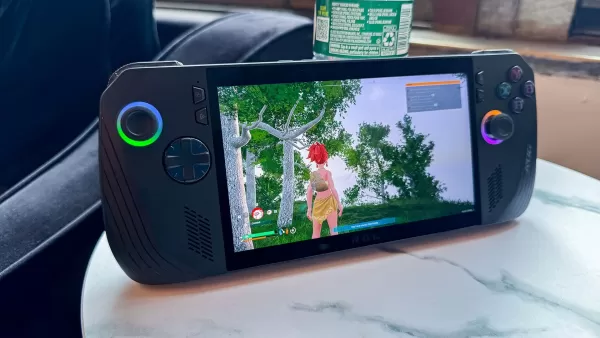 Asus ROG Ally Is All I Need
Asus ROG Ally Is All I Need
I've been a dedicated handheld gamer since childhood, transitioning from the Game Boy to the Nintendo DS and PlayStation Portable. Handheld play remains my favorite way to game—there's something comforting about curling up under blankets and playing from bed. I was even one of the few loyal PlayStation Vita users, carrying it with me on daily train commutes during college.
When the Nintendo Switch launched in 2017, it blew me away. I bought mine shortly after release and mainly used it for exclusives. Since PC gaming never felt comfortable to me, any game that seemed better suited for handheld play went straight into my “Reserved for handheld” mental folder—a space my brain refused to let go of easily.
But if a game was already available for free via the Epic Games Store, Game Pass, PlayStation Plus, or Humble Choice, I couldn’t justify buying it again on Switch. Add to that the fact that Switch titles rarely receive discounts—and when they do, they’re nowhere near as deep as those on other platforms—and I found myself stuck in a frustrating loop: “Why spend money on a game I already own?” quickly became “I want to play this on a handheld,” which always ended with me not playing it at all.
That changed in 2023 with the launch of the Asus ROG Ally. As a Windows-based handheld gaming PC, it grants access to Steam, Xbox Game Pass, Epic Games Store, and more. Suddenly, I could enjoy the same library I once avoided on desktop, but from the comfort of my bed. Now, I’m diving into a wealth of indie titles and slowly clearing out my backlog. Without the Ally, I might never have played games like *Celeste*, *Little Nightmares II*, or the *Resident Evil Remake*—now among my favorites—and best of all, I didn’t have to repurchase them. The Ally has become my go-to handheld, saving me both time and money.
Even so, I remained excited for the Nintendo Switch 2. After all, Nintendo games hold a special place in my heart. But after the Switch 2 Direct, I’m no longer sure where this new console fits in my life.
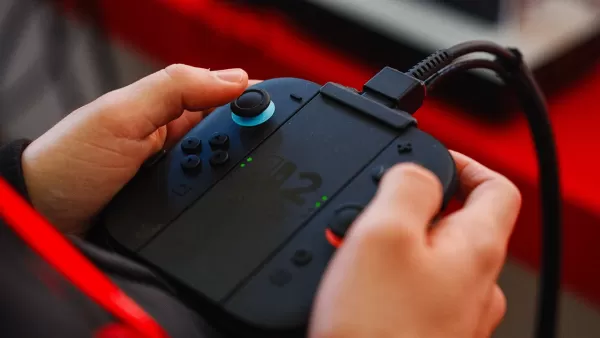 The Switch 2 Isn’t Alone Anymore
The Switch 2 Isn’t Alone Anymore
When the original Switch launched, it offered more than just exclusives—it brought versatility, a unique hybrid design, and an affordable entry point compared to other consoles. At the time, there was simply nothing else like it. It was the only real option for handheld console gaming, and its value proposition made sense.
Today, the landscape has changed dramatically. Priced at $449.99 to start, the Nintendo Switch 2 now competes directly with powerful alternatives. That puts it in range of the $499 PlayStation 5 and Xbox Series X, and even slightly above the $399 PS5 Digital Edition. What’s more, the market has evolved. Since the Steam Deck launched in 2022, companies like Asus, Lenovo, and MSI have released capable handheld gaming PCs such as the ROG Ally, Lenovo Legion Go, and MSI Claw. Rumors also suggest Microsoft is working on its own handheld device. In this environment, the Switch 2 no longer stands out.
Handheld gaming PCs are packed with strong hardware, capable of running everything from AAA titles to indies with ease. With access to your existing game libraries across multiple platforms, these devices offer unmatched flexibility. Newer chips like the AMD Ryzen Z2 Extreme are already waiting to be integrated, meaning the performance gap between these devices and the Switch 2 will likely widen over time.
For owners of handheld gaming PCs like the Asus ROG Ally, investing in a Switch 2 means spending a lot for relatively limited use. If you already own a device that can run third-party and indie games seamlessly, then the only reason to buy the Switch 2 would be for Nintendo’s exclusive titles.
However, those exclusives come with a hefty price tag. Titles like *Mario Kart World* and *Donkey Kong Bananza* are launching at $79.99 and $69.99 respectively. Considering how rarely Nintendo first-party titles go on sale, it’s hard to get excited about paying full price year after year.
Of course, Nintendo exclusives are still some of the most acclaimed games ever made. For many players, the promise of future hits alone may justify the investment. But for someone like me—who already owns a handheld PC that does everything I need—it’s difficult to see the Switch 2 as anything more than a luxury.
In the end, the Nintendo Switch 2 isn't a worthwhile investment for everyone, especially not for those who already own a capable handheld gaming PC. Devices like the Lenovo Legion Go offer superior performance and access to vast libraries of third-party and indie games. My Asus ROG Ally handles every type of gameplay I used to rely on the Switch for—and thanks to its compatibility with major storefronts, it’s simply a better place to play. The Switch 2 may shine with its exclusives, but in a post-handheld PC world, it’s no longer the only game in town.
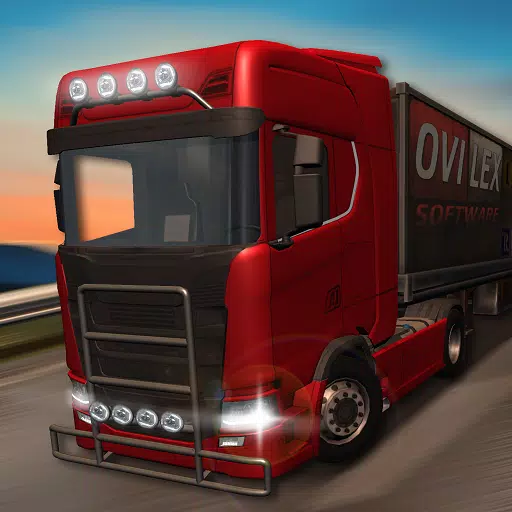

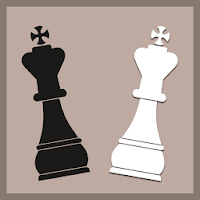





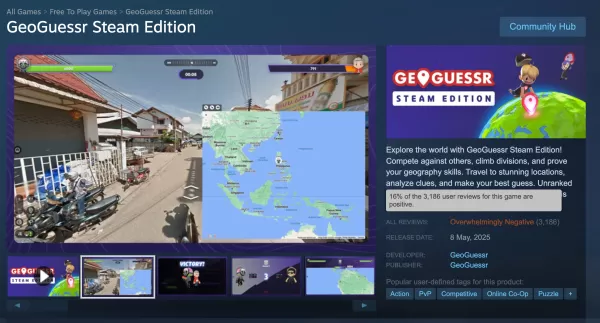

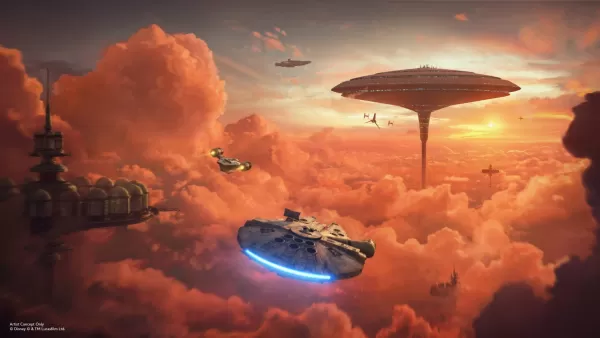
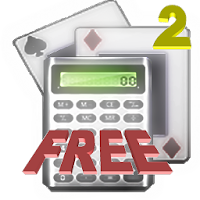
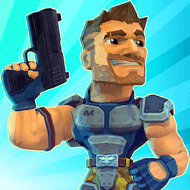


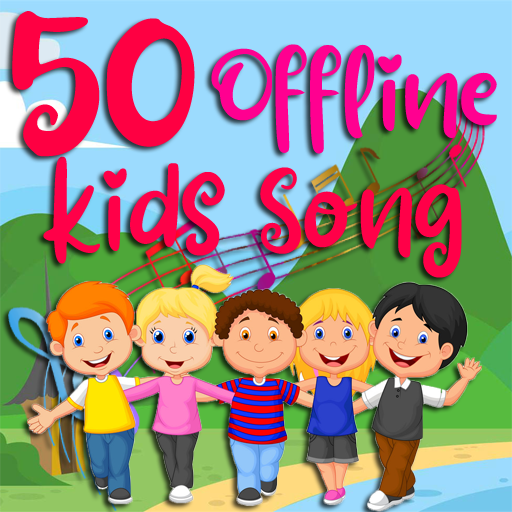



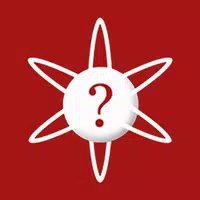

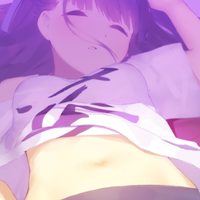

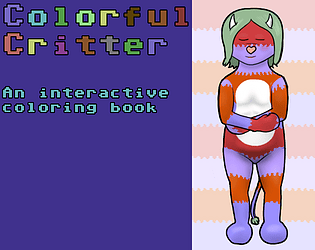
![Salvation in Nightmare [v0.4.4]](https://imgs.21qcq.com/uploads/36/1719555347667e551321c26.jpg)
